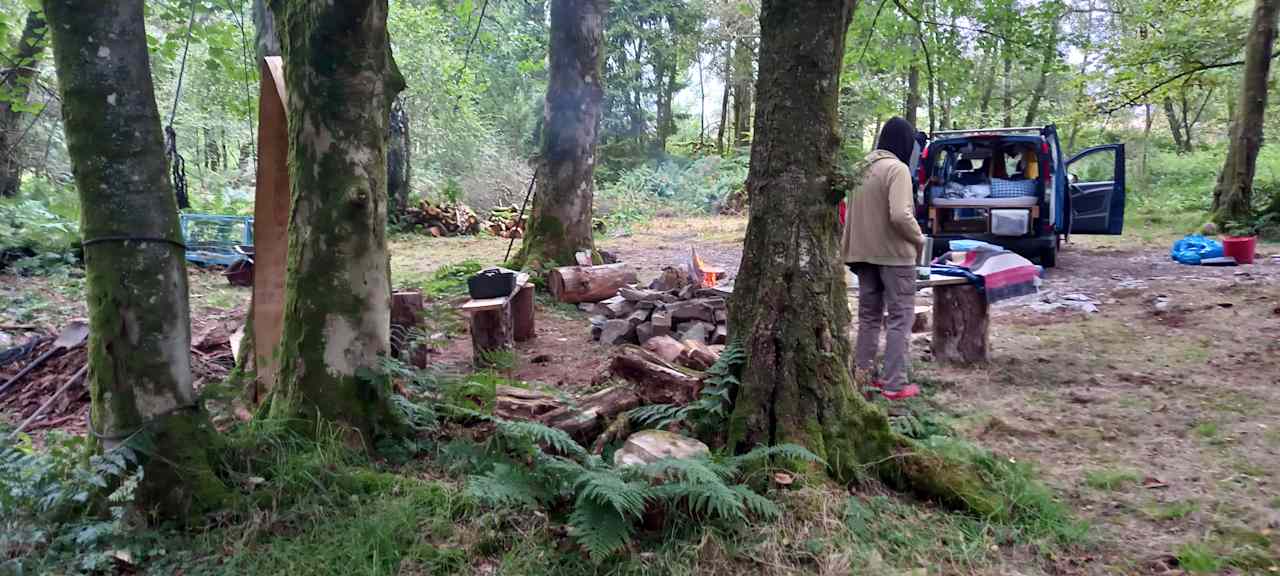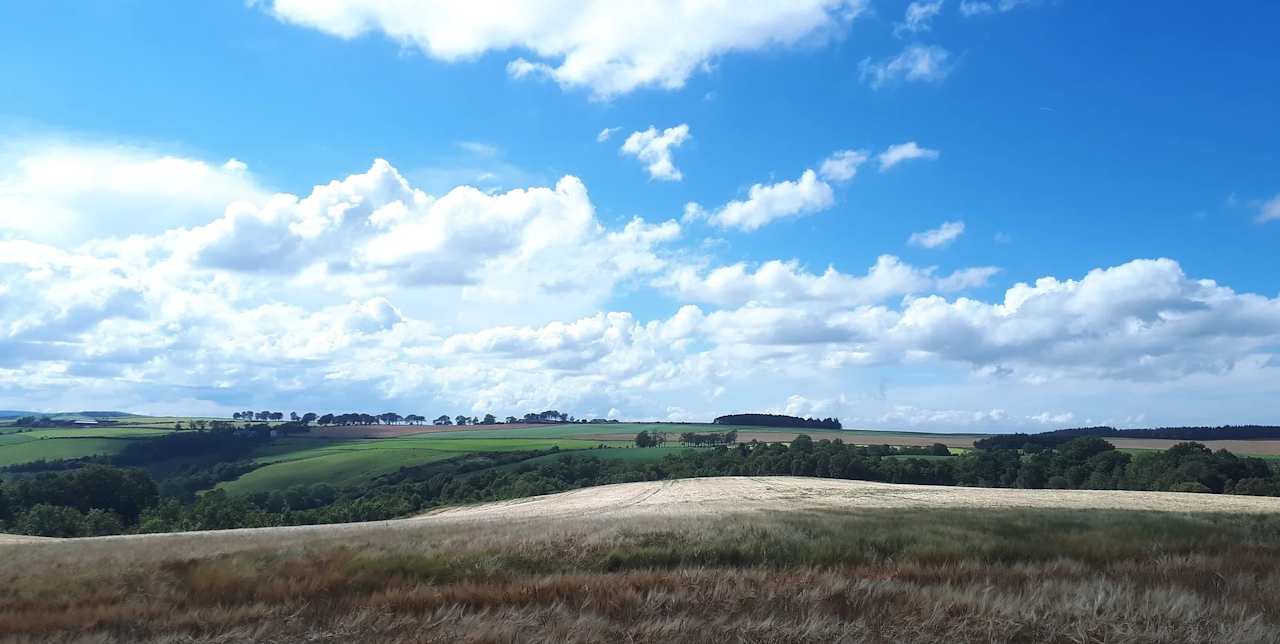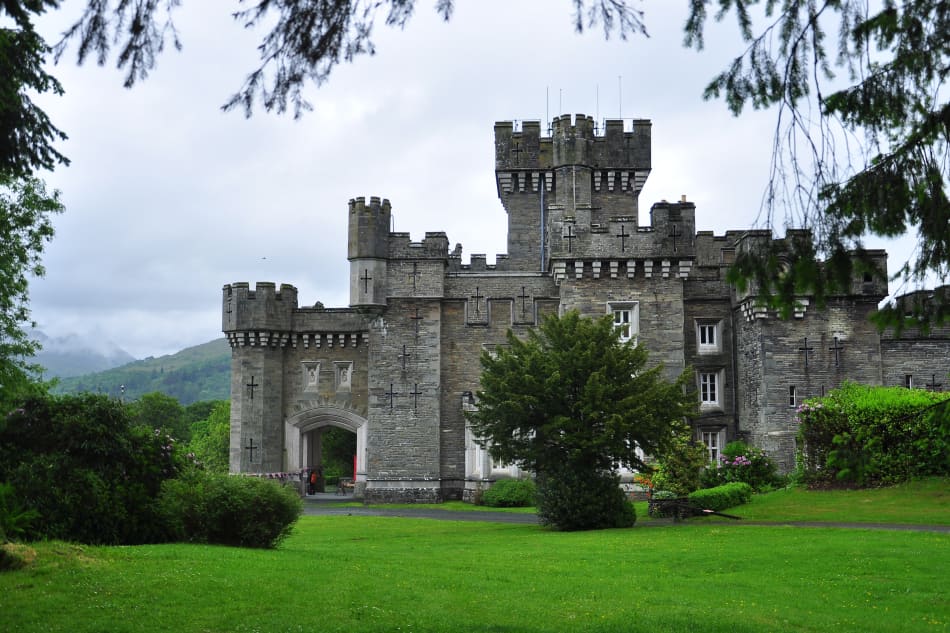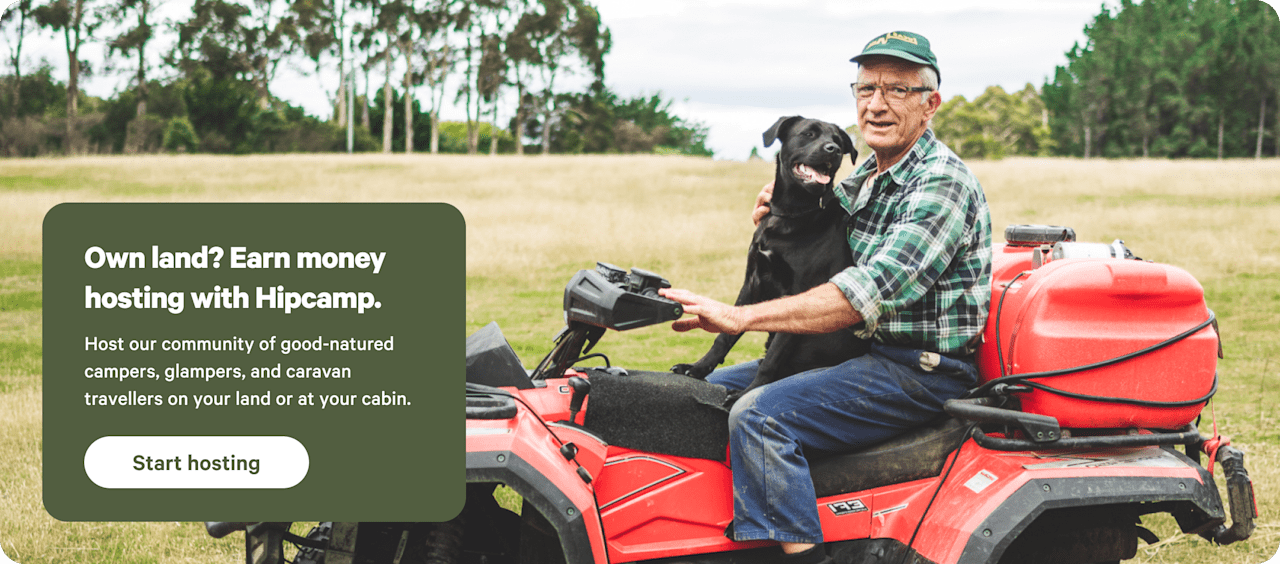Campsites near Callander
Callander is a camping paradise: woodsy sites plus many others scattered around nearby forests or lochs.
Popular camping styles for Callander
Dog-friendly getaways
Top camping destinations
Star Hosts in Callander
12 top campsites near Callander
Available this weekend
Under £50


Campsites near Callander guide
Overview
The gateway to Scotland’s first national park, Loch Lomond & Trossachs National Park, Callander is a popular stop on the way between the big Scottish cities and the Highlands. The national park, in fact, marks the Lowland-Highland divide in a blaze of lochs, gold-green hills, and craggy mountains. You can reach the great outdoors from your doorstep here, where superb walks start from town up to beauty spots like Bracklinn Falls. Campers are spoiled for choice with places to pitch: Within a short stroll of town, three well-appointed campgrounds hide out in their own respective patches of forest.
Where to go
Callander Crags & Bracklinn Falls
These local beauty spots form the skyline above Callander and both can be combined on a leisurely day of hiking. The rearing forest upland of Callander Crags and the plunging wooded ravine and cascades of Bracklinn Falls are gorgeous, green and offer amazing views of Loch Lomond & Trossachs National Park. They can be accessed from town, or from Keltie Bridge Caravan Park, on comely trails.
Three Lochs Forest Drive
This ridiculously postcard-perfect tour of Lochs Reòidhte, Drunkie and Achray is an easy introduction to the greater majesty of Loch Lomond and Trossachs National Park rearing beyond. It’s a bendy 7-mile route open to vehicles April through October and for cyclists or hikers at any time, with captivating lake and forest scenery. Wild camping opportunities along the way are numerous; some areas require permits between March and September.
Loch Lomond & Trossachs National Park
This, the UK’s fourth-largest national park, stretches around Callander in the loch-riven, forest-coasted divide between Lowland and Highland Scotland. The park includes the vast Queen Elizabeth Forest Park and Ben Lomond, the most southerly Munro peak (a Scottish summit over 915 metres). Good campsites can be found on the east side of Loch Lomond and on Loch Chon; wild camping often requires a permit between March and September.
When to go
Callander and its surroundings are close enough to the big Scottish cities to get very popular during school holidays, especially Easter and the July/August summer holidays, when campsites are more crowded. The best, brightest, driest weather is often in late spring (April to May) or autumn (September to October). Then again, if you like regional events as well as pretty countryside, then July and August are perfect.
Know before you go
- The nearest train stations to Callander are Dunblane (17 km) or Stirling (24 km). From either station you can get regular buses or taxis to Callander.
- In the centre of Loch Lomond & Trossachs National Park, Callander is well set up for outdoor lovers with several outdoors stores, supermarkets, and restaurants. Nearby Stirling also has some outdoors stores.
- Camping permits are required in some parts of the Loch Lomond & Trossachs National Park from March to September.























































